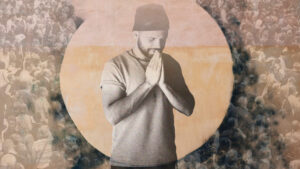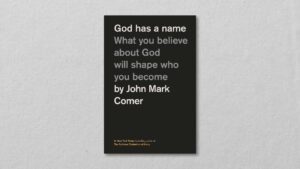In the not-too-distant past, the momentum of our culture seemed clear. Progressive values were on the rise. Christianity was in decline. Supreme Court decisions like Obergefell were underlining this fact, and it seemed that, over time, Christians themselves would be pushed to society’s margins.
Around that time, a number of Christian leaders and thinkers began to offer pathways for where we might go next. John Inazu gave us Confident Pluralism [read TGC’s review]. Russell Moore gave us Onward [read TGC’s review]. And Rod Dreher gave us one of the more provocative suggestions in The Benedict Option [read TGC’s review].
Dreher had been writing about the Benedict Option for several years. His blog—at times alarmist (though to be fair, the times can be quite alarming)—left many readers with the impression that the Benedict Option was a panicked cry of “head for the hills.” As Dreher describes it, we’re living in a time akin to the last days of Rome. Our culture’s institutions and sources of authority and tradition are eroding, being replaced with progressivism and secularism, and those who object to these values (like conservatives in general and conservative Christians in particular) are going to become the targets of increasing persecution and ostracism.
Dreher’s actual response is more sophisticated than “Run for it!” Instead, he argues Christians need to intentionally work to strengthen their own communal bonds, to renew or build new institutions, and to revitalize their programs of spiritual formation so they have stability to endure the coming times. Rather than run away, it’s a call to root down.
I’m sympathetic to Dreher’s view. My own church, a conservative evangelical congregation in a progressive neighborhood of a progressive city, has experienced firsthand the pressures that come from angry leftists. I think we’re in for quite a storm.
From Bad to Worse
I also think the election of Donald Trump, the rising tide of nationalism, and events like Charlottesville cast another light on our situation that needs serious consideration. Conservative evangelicals lined up quickly to support Trump—a man whose reputation includes sexual conquests, adultery, and bad business deals. He was elected amid a swarm of accusations of sexual harassment and assault. Even now, while embroiled in the Stormy Daniels scandal, many evangelical leaders continue to stand beside him and (most tellingly) refuse to condemn his actions. Along with the Trump phenomenon, we’ve seen the rise of the so-called Alt-Right (a nice way of saying white nationalism) and, with it, ever-increasing racial tensions.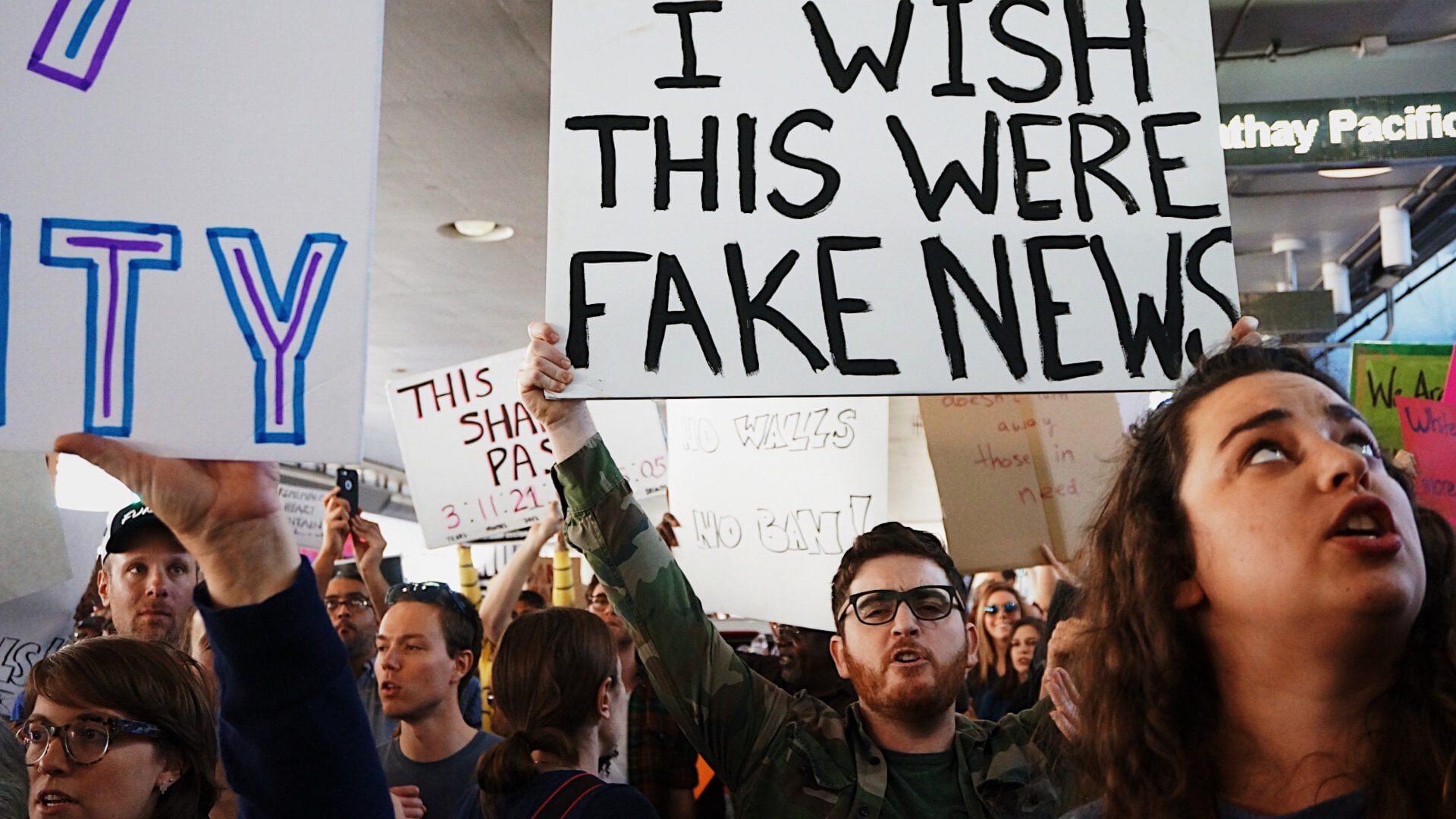
To sum it up, the cultural situation—which looked bad prior to the 2016 election—looks even worse now. While progressives have faced losses, they remain fiercely committed to their agenda of sexual liberation and religious intolerance. Conservatives, on the other hand, have revealed their own moral bankruptcy, adopting a political strongman who promises them power in exchange for their discernment.
The cultural situation—which looked bad prior to the 2016 election—looks even worse now.
In this new, tormented climate, some of Dreher’s ideas—Christians banding together to strengthen their institutions and prepare for the storm—seem almost quaint. Not naïve; just not quite foreseeing how bad things were going to get.
It seems to me that more fundamental groundwork must be established before we can talk about surviving the coming storms. We need to return to the question of what it means to be a Christian in the midst of our cities, states, and nations, and what the shape of our public witness should be. We’re most assuredly a people in exile. The secular left of progressivism is now being confronted by the secular right of populism and nationalism. Both scramble for power. Both fill the air with toxic polemics. And people of faith and good conscience are sure to get caught in the crossfire.
The Esther Option
Enter Queen Esther. And what I call the Esther Option.

Esther’s heroism is unique in the story of the exile. While most exilic heroes are presented as devout and zealous for the cause of the Jews, Esther begins her story as a Jewish girl (Hadassah) living with a Persian name (a name that honors the Ancient Near Eastern goddess Ishtar) under the care of her cousin Mordecai (a name that honors the god Marduk). These names alone should set off alarm bells. Nehemiah dragged people into the streets and beat them for lesser offenses.
Not only do they pass for Persians, Esther willingly collaborates with the palace harem in preparation for her night in bed with the king, eating their food and doing whatever else might be described as “preparations.” In other words, Esther is no Daniel. She’s not part of the Jewish resistance.
The secular left of progressivism is now being confronted by the secular right of populism and nationalism.
As the story unfolds, the king—erratic and paranoid—appoints a new vizier, Haman, who is given unprecedented authority over the realm. Haman is an Agagite, meaning he’s a descendant of Agag the Amalekite. (The Amalekites were some of Israel’s most vicious and heartless enemies.) So Haman is far more than a savvy political actor. He’s the embodiment—both in his role as the vizier and also in his identity as an Agagite—of corrupt, win-at-all-costs power.
Awakening and Identity
The first part of the Esther Option is awakening. A decree is made that everyone in the kingdom must bow before Haman, and something in Mordecai awakens. He can’t bow to Haman, he says, because he’s a Jew. As compromised as he may be, Haman’s rise to power sends Mordecai back to his core identity as a Jew, one of God’s chosen people. Again, he will not bow. Haman, in retribution, convinces the king to put out an order that will mean genocide for all the Jews in Persia.
Esther, though, is comfortably living as a Persian queen, with no one suspecting she’s Jewish. When Mordecai appeals to her to go plead on behalf of the Jews, she’s reluctant at first. Until Mordecai says this:
Do not think that because you are in the king’s house you alone of all the Jews will escape. For if you remain silent at this time, relief and deliverance for the Jews will arise from another place, but you and your father’s family will perish. And who knows but that you have come to your royal position for such a time as this? (Est. 4:12–14)
Preachers and motivational speakers are fond of quoting the last sentence of Mordecai’s speech, but the most fascinating section is the sentence before it. Mordecai expresses his faith that God will rescue the Jews (“deliverance . . . will arise from another place”) but he warns her of a greater loss (“you and your father’s family will perish”).
Do we want to identify with his people, no matter the cost?
Esther is an orphan, and Mordecai is essentially warning her that if she refuses to stand with the Jews now, she forfeits her place in her father’s family. Her family line ends, and she will live and die as a Persian, cut off from the promises of God’s people. This is Esther’s crossroads, and it’s the moment that motivates her to act. She too awakens.
We have to ask similar questions.
As the world around us applies pressure, trying to move us away from religion entirely, or to abandon certain historic and traditional principles and doctrines, we have to ask whether we want to be part of the family of God. Do we want to identify with his people, no matter the cost? Are we willing to endure persecution and ridicule for the sake of our inheritance?
Embracing Vulnerability
What comes next demands that we answer another question. How, in the face of extinction, in the face of monstrous power, can God’s people move and act in the world?
Esther calls for a fast, and then fasts herself for three days. No food, no water. In one passage of the Talmud, it’s suspected that she spent those three days praying (of all things) the first verse of Psalm 22. Day one: “My God.” Day two: “My God.” Day three: “Why have you forsaken me?” Whether you give this view much authoritative merit or not, you have to admit that it’s poetic, given what happens next. Esther’s pathway from here is the way of the cross. She will enter the throne room uninvited and risk the wrath of the king on behalf of her people.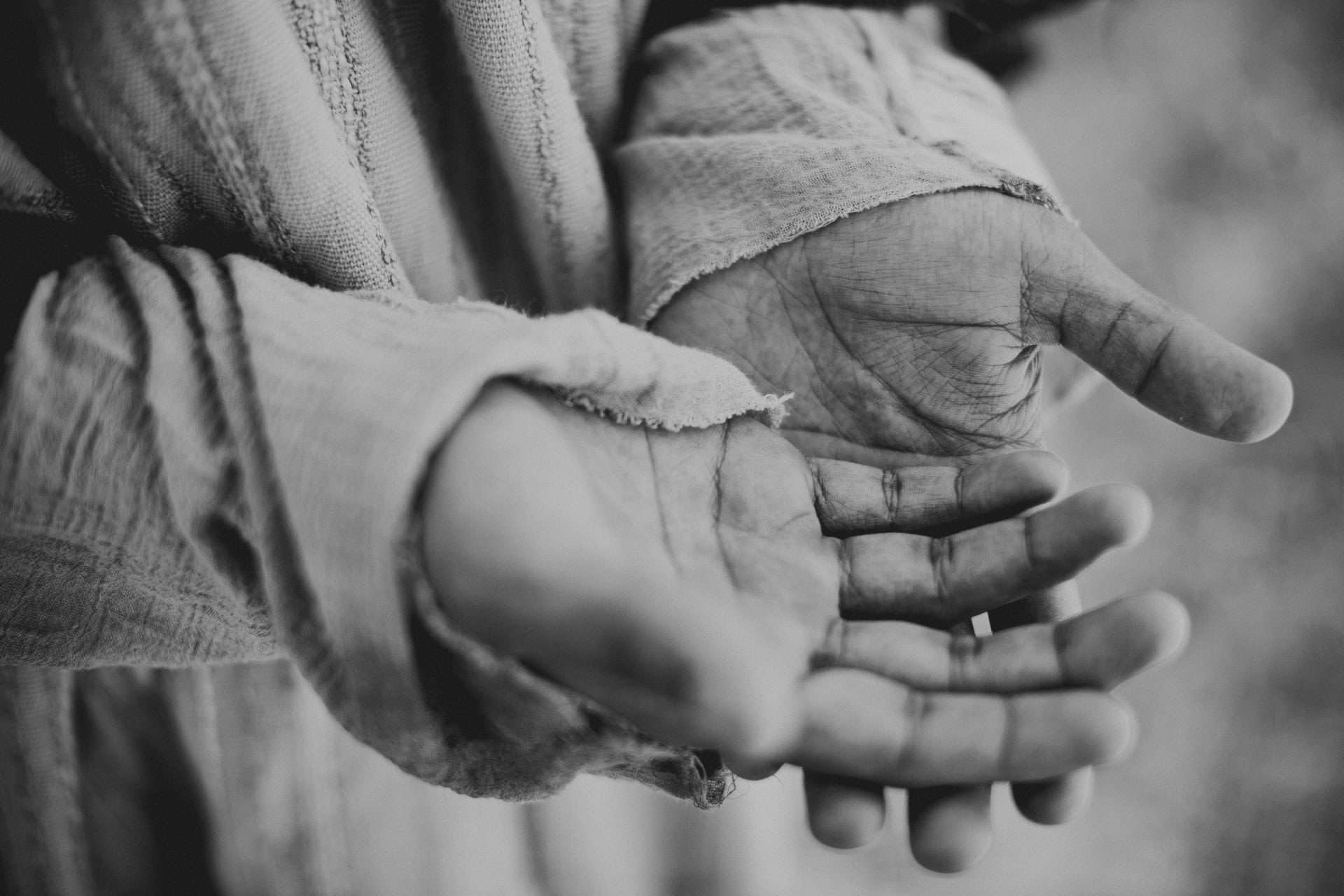
In many of the Sunday school versions of this story, Esther’s approach is portrayed as a moment of romance. The beautiful Queen can’t be rejected by the king, because he loves her so much. I think this version totally misses the point. Esther comes to the king after three days of fasting and terror. She comes not in strength, but in profound weakness. A weary, haunted presence. The king is moved not out of love, but out of pity.
Rather than fight power with power, we walk the way of the cross, stand by our convictions, and make ourselves vulnerable.
It’s a deliberate contrast. Haman represents the temptation to power. His fury at Mordecai leads to a radically outsized response—the destruction of the Jewish people. But rather than face that challenge head on, Esther embraces vulnerability. To face her death. To subvert power with weakness.
This, too, is a crucial piece of the Esther Option. Rather than fight power with power, we walk the way of the cross, stand by our convictions, and make ourselves vulnerable. That might mean vulnerability to persecution and ridicule, but it might also mean many other kinds of vulnerabilities—those that come from serving the poor and downtrodden, fighting social injustice, and generally moving toward the places in our culture where there is the greatest need.
Renewal and Tradition
As for Esther, we know what comes next. Haman walks into a Shakespearean downfall, Esther’s appeals lead to the rescue of God’s people, Esther and Mordecai rise to prominence in the king’s court, and the Jews inaugurate Purim.
This last step is one of the most significant in the whole book. Purim isn’t just a celebration of this particular story; it’s a celebration of Jewish identity. In his book God and Politics in Esther, philosopher Yoram Hazony writes:
The fact is that in Persia, being a Jew became—for the first time in history—a matter of choice, and a choice that had to be faced by every individual. . . . In the thousand years since Sinai, the Jews had strayed from observance of the law of Moses time and time again, but their identity as Jews had never been subject to their own volition. It was only after the dispersal throughout Babylonia and Persia that an individual born as a Jew found himself in immediate, constant, and personal contact with other possible identities—and had to choose for himself whether Jewishness would be something he would maintain, or something he would hide.
This explains why the great talmudist Rava argued that the Jews had actually accepted the law of Moses twice: under duress at Sinai, and voluntarily “in the days of Ahashverosh.” Sinai was the founding of a Jewish people whose members have no real alternative but to be Jews, and to take part in the unique history of their people. The Persian empire, however, represented the refounding of the Jewish people on an entirely different basis: Since each Jew was from birth exposed to other options, his entry into the history of his people would be voluntary.
Purim, then, celebrates this re-identification as God’s people. It’s a wisdom-filled return to tradition, to habit, and to liturgy, a reinvigoration of the diaspora Jews’ spiritual life. As Cormac McCarthy put it in The Road, “When you’ve nothing else, construct ceremonies out of the air and breathe upon them.” When you’ve lost your way, find anchoring practices that will reconnect you with a sense of who you are and what your place in the world is.
When you’ve lost your way, find anchoring practices that will reconnect you with a sense of who you are and what your place in the world is.
This is the third piece of the Esther Option. Along with awakening to faith and embracing vulnerability, Christians need to renew their formative traditions. (Here, I think Dreher and I are in wholehearted agreement.) We need renewal of our liturgies, our catechism, our educational institutions, and all our pathways of spiritual formation so that authentic character can flourish inside our churches. Some of this will require a return to the traditions of the past, but it will also demand something new, something to answer the specific spiritual challenges of our consumeristic, technology-saturated, sexually “liberated” age.

We need pastoral innovators like Isaac Watts, who saw the poverty and ineffectiveness of the psalm-singing of his time and began to write his own theological translations of the Psalms, which ultimately gave birth to the English hymn. We need the best and brightest of our time to explore how they might develop similar pastoral, contextual innovations, which might require that some of their creative energy moves away from the typical investment of those energies—platform and celebrity—and back to institution-forming and institutional reform. This work is less glamorous, of course, but it might better prepare the church to thrive in whatever comes next in our culture.
Vulnerable, Faithful Presence
Finally, we must do this as a vulnerable people. We must reject the posture of the culture warriors, because the testimony of Scripture makes it clear this approach doesn’t work.
Instead, in spite of pressures to conform our doctrine to the new moral norms, in spite of a climate that increasingly scoffs at any notion of the supernatural, in spite of the outright hostility from those who think Christianity is a religion of bigoted, patriarchal homophobes, in spite of whatever challenges may come, we resist the temptation to fight power with power, and we resist the temptation to run away. We stay in our cities, in our world, in public view, faithfully present.
The whole picture, then, is this: While the church faces growing opposition, we pray for awakening and renewal in our hearts, we embrace the vulnerability of our identity as God’s people, we renew our commitment to the formative work and traditions that are both our heritage and our future, and we hope and pray our presence is filled with the aroma of Christ. That is the Esther Option, and that, I believe, is a constructive way forward in the dark days to come.
“The Most Practical and Engaging Book on Christian Living Apart from the Bible”
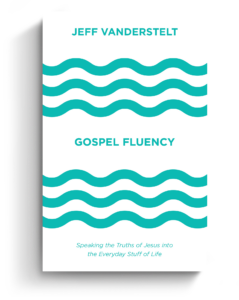 “If you’re going to read just one book on Christian living and how the gospel can be applied in your life, let this be your book.”—Elisa dos Santos, Amazon reviewer.
“If you’re going to read just one book on Christian living and how the gospel can be applied in your life, let this be your book.”—Elisa dos Santos, Amazon reviewer.
In this book, seasoned church planter Jeff Vanderstelt argues that you need to become “gospel fluent”—to think about your life through the truth of the gospel and rehearse it to yourself and others.
We’re delighted to offer the Gospel Fluency: Speaking the Truths of Jesus into the Everyday Stuff of Life ebook (Crossway) to you for FREE today. Click this link to get instant access to a resource that will help you apply the gospel more confidently to every area of your life.















